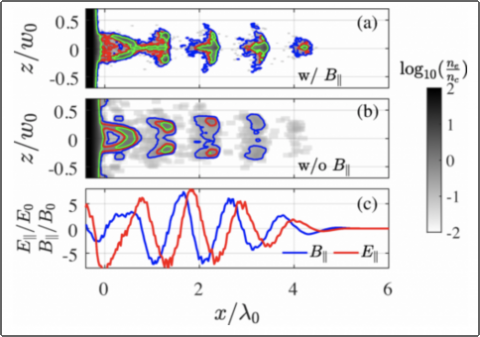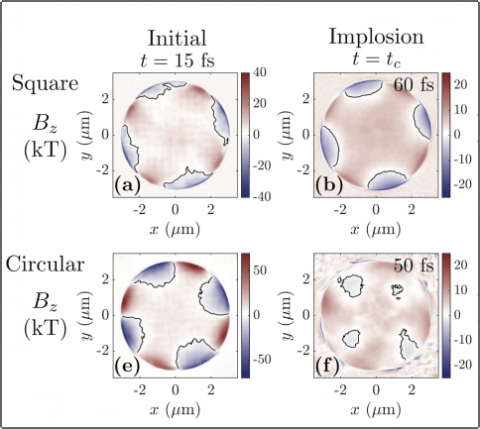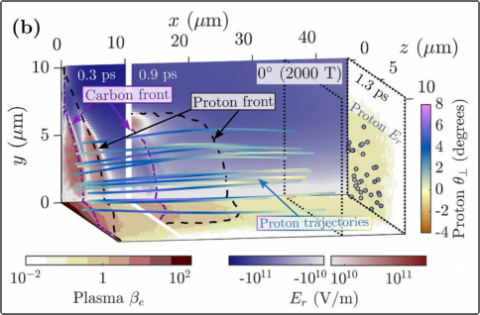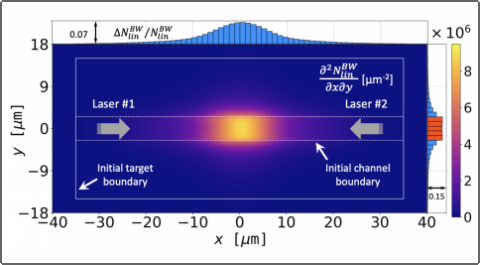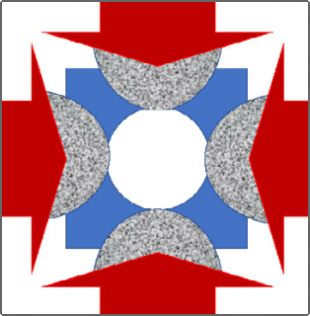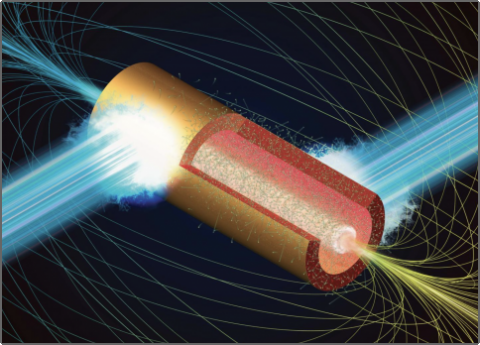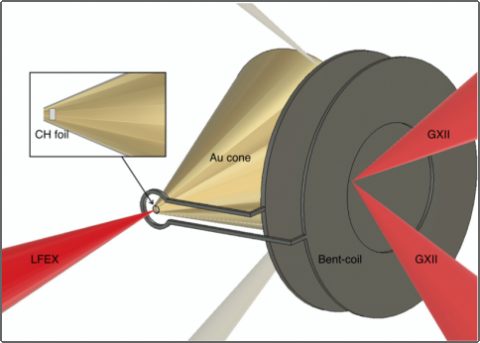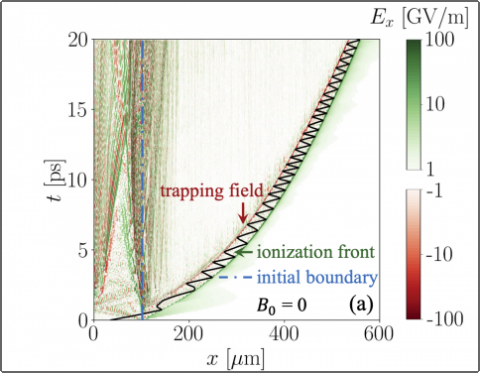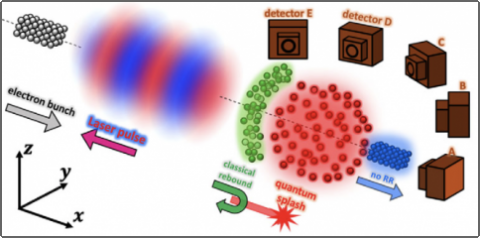Generation of Ultrarelativistic Monoenergetic Electron Bunches via a Synergistic Interaction of Longitudinal Electric and Magnetic Fields of a Twisted Laser
Y. Shi, D. Blackman, D. Stutman, and A. Arefiev, "Generation of Ultrarelativistic Monoenergetic Electron Bunches via a Synergistic Interaction of Longitudinal Electric and Magnetic Fields of a Twisted Laser", Phys. Rev. Lett. 126, 234801 (2021).
